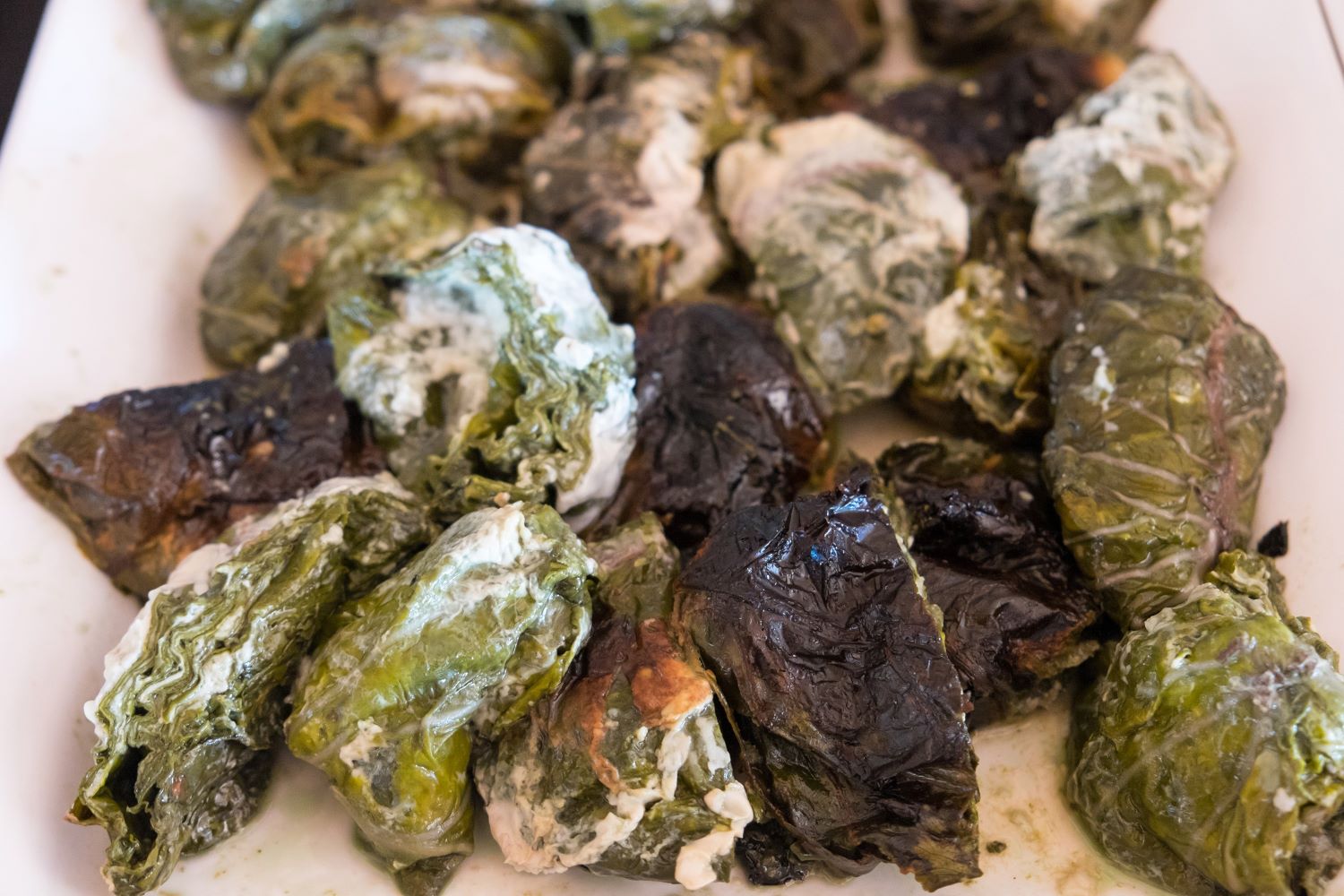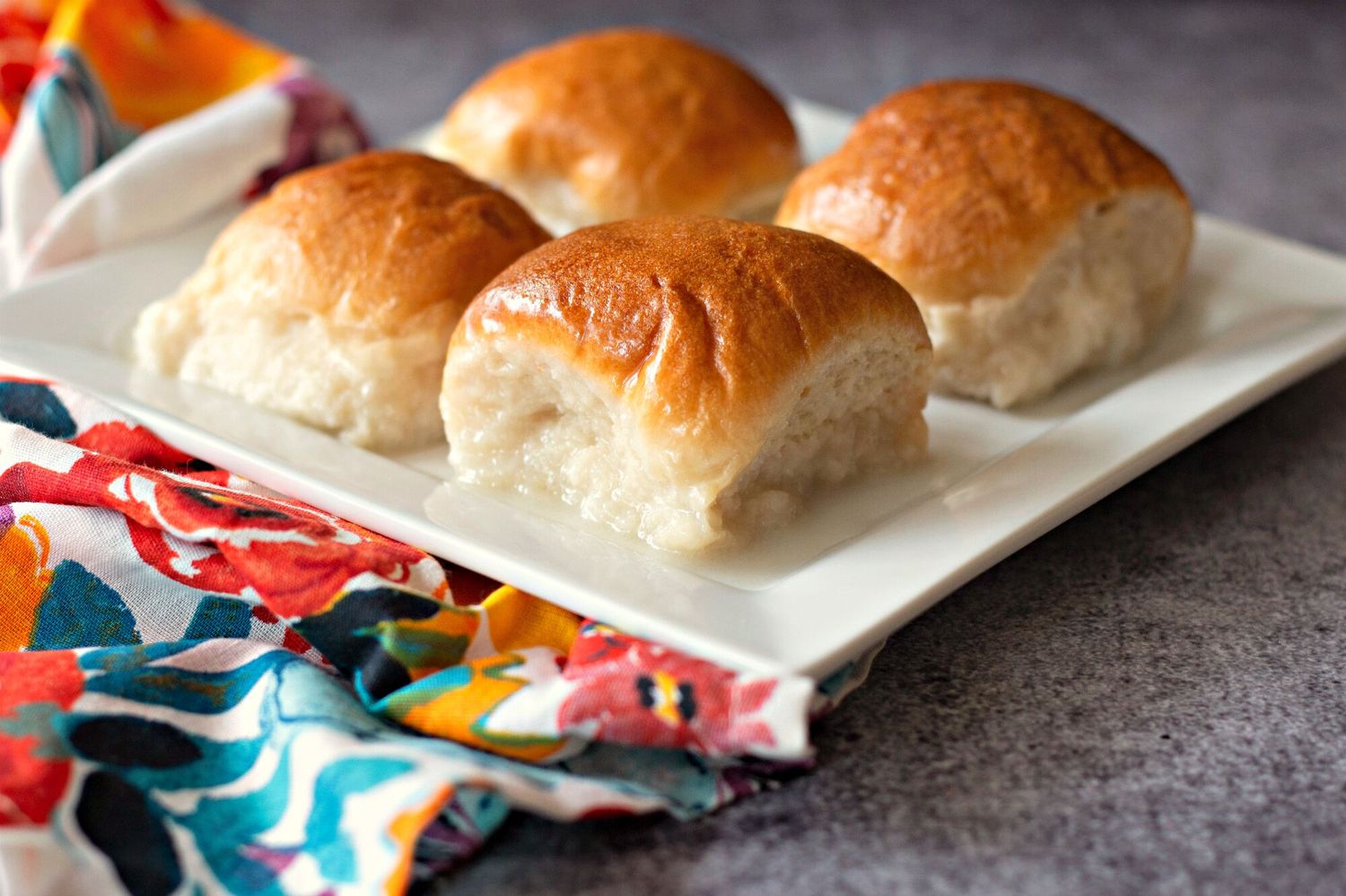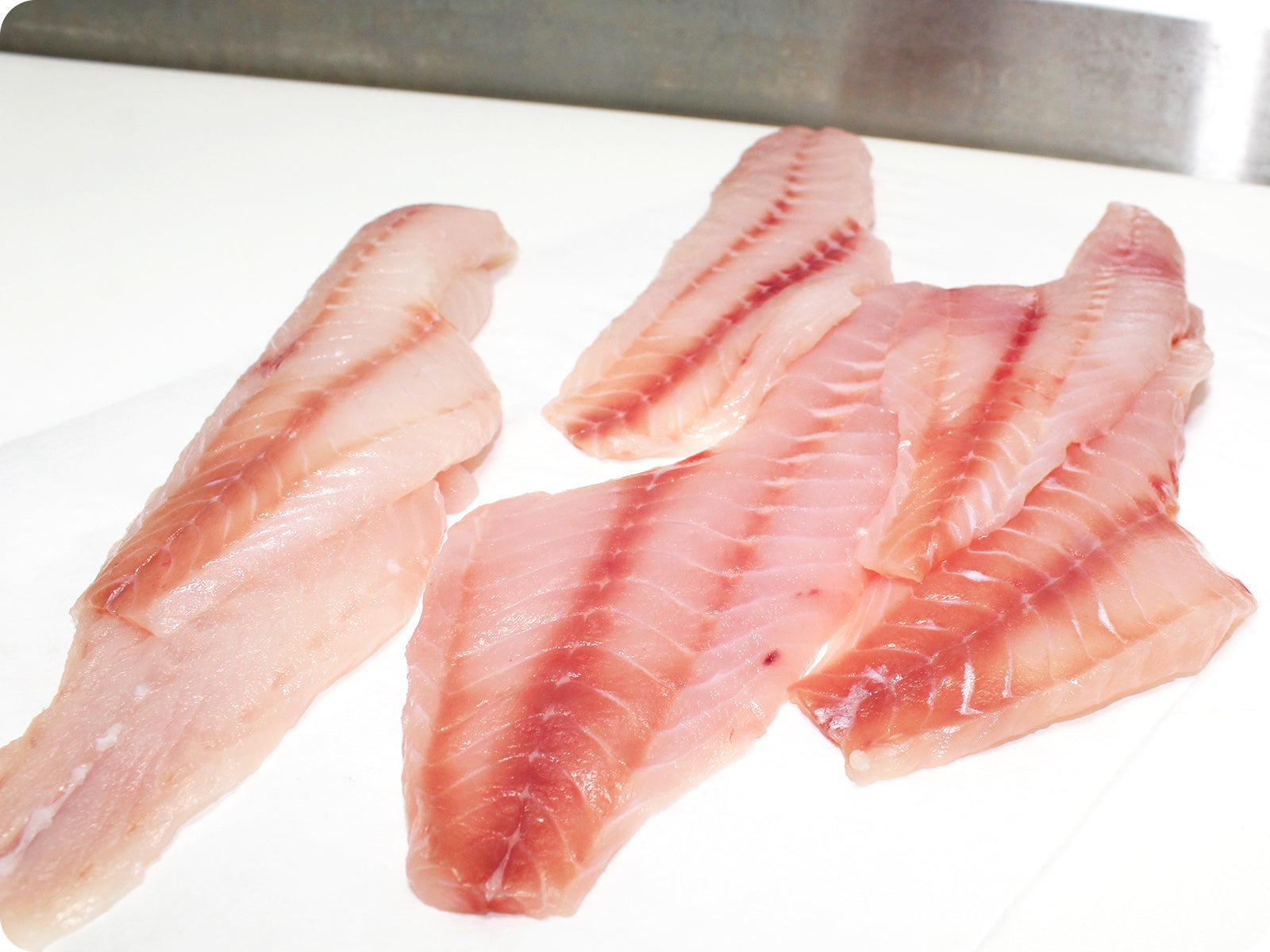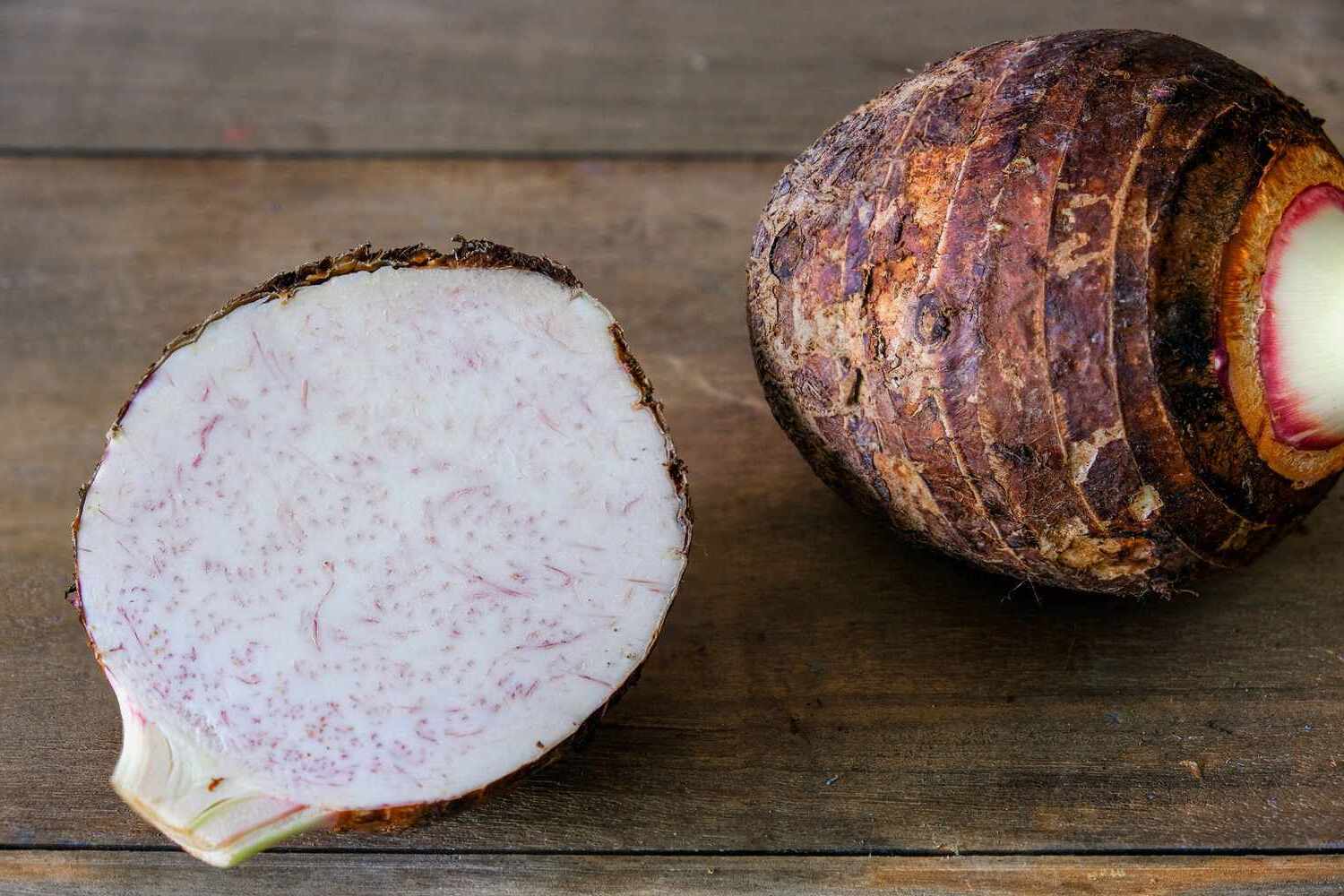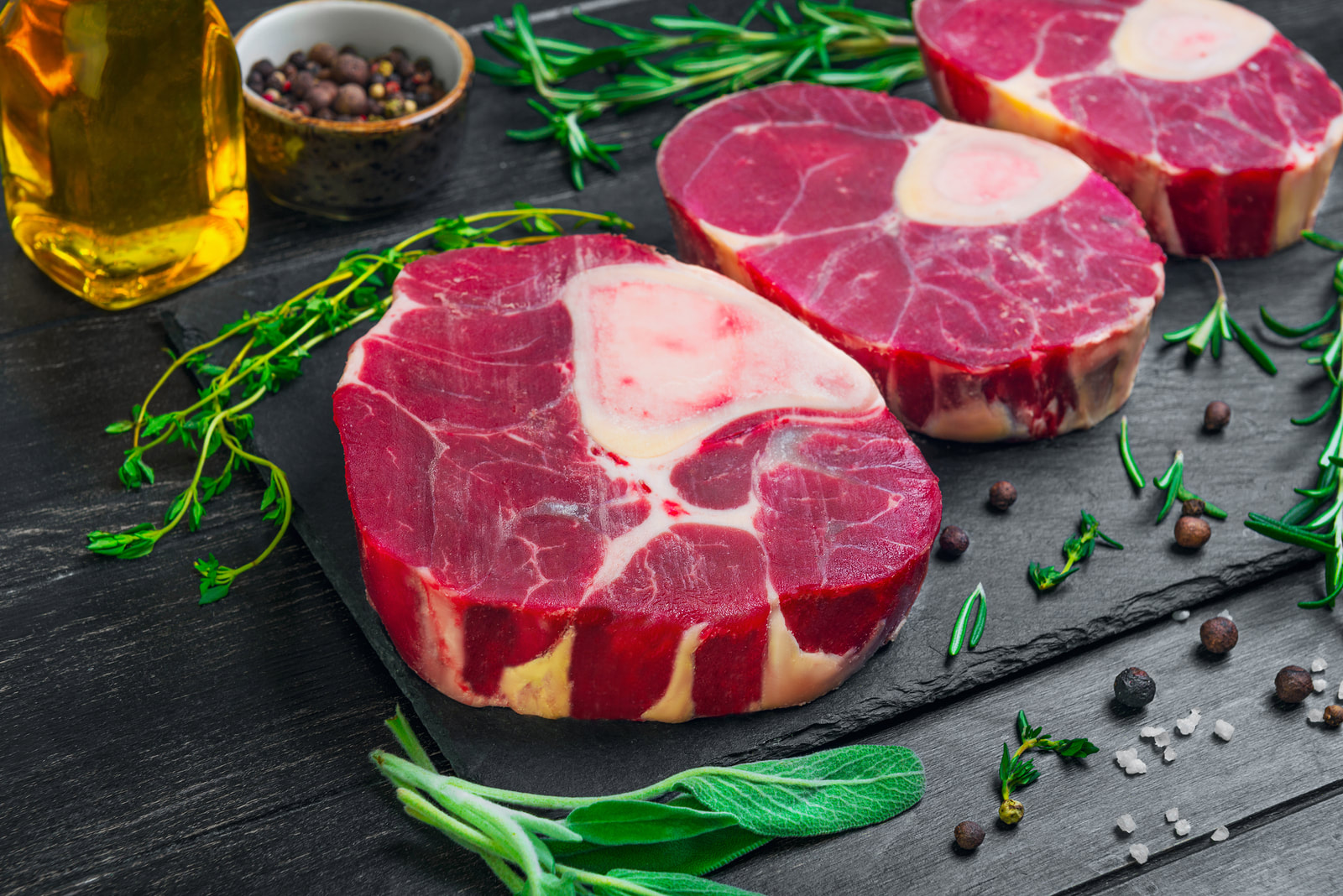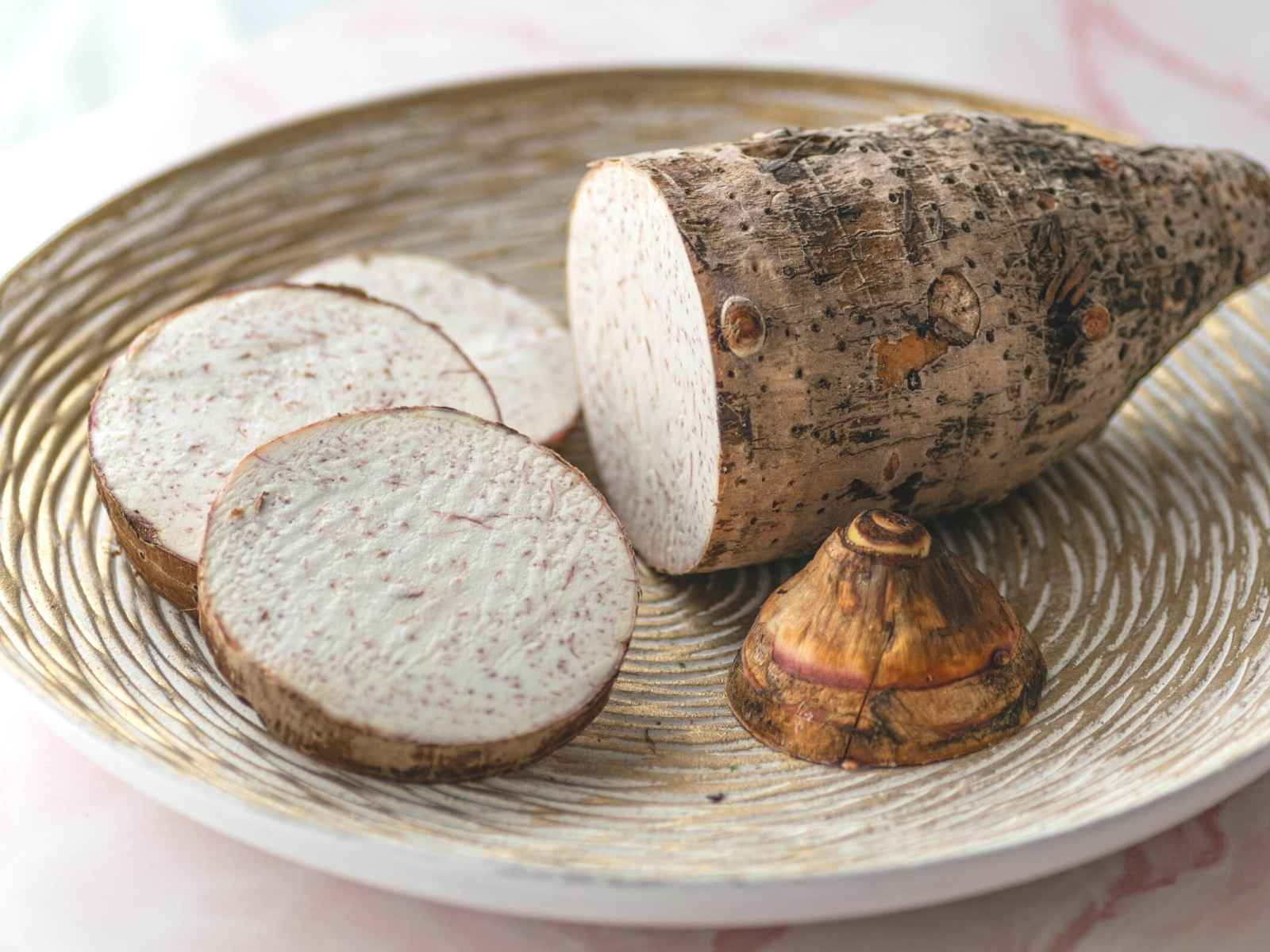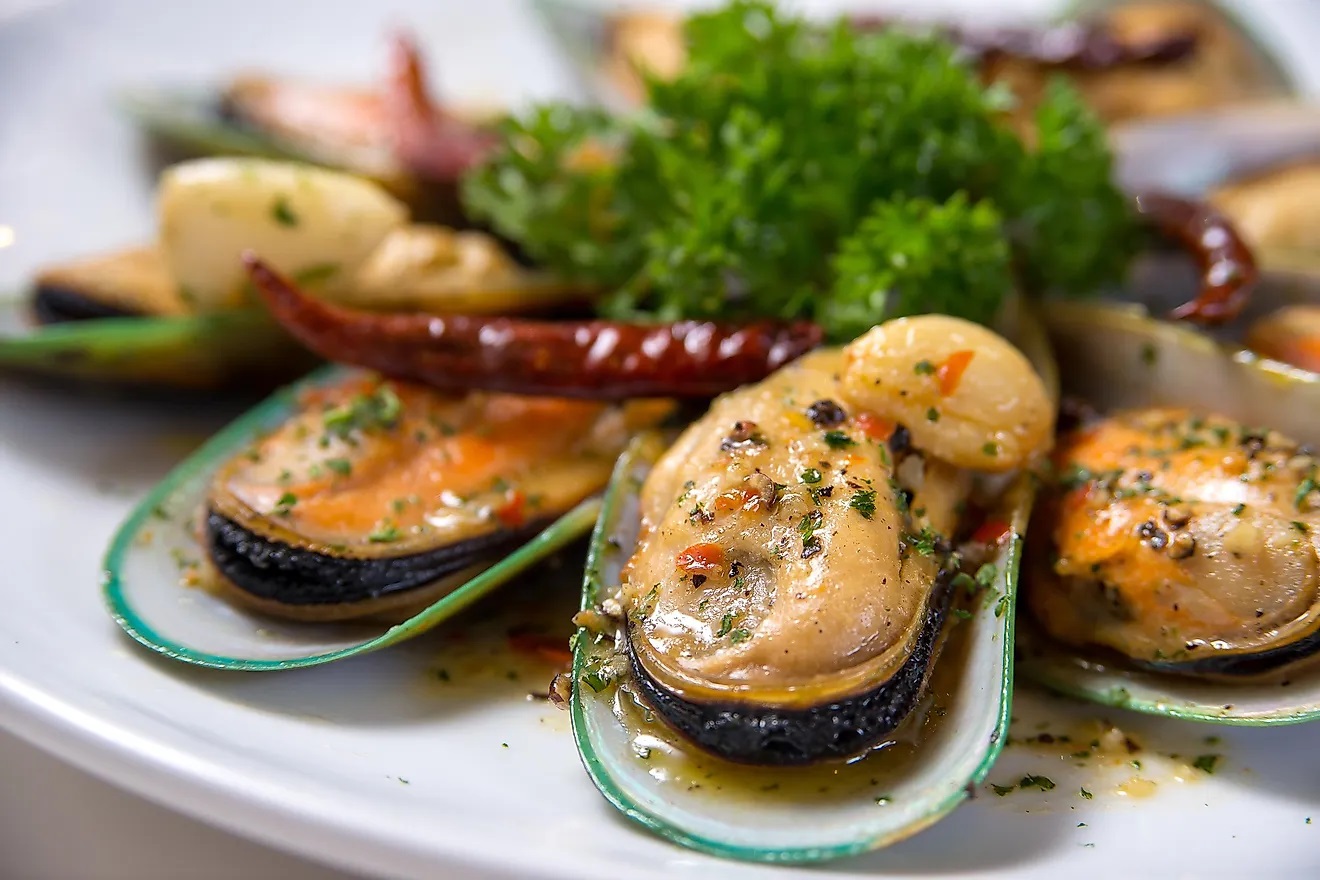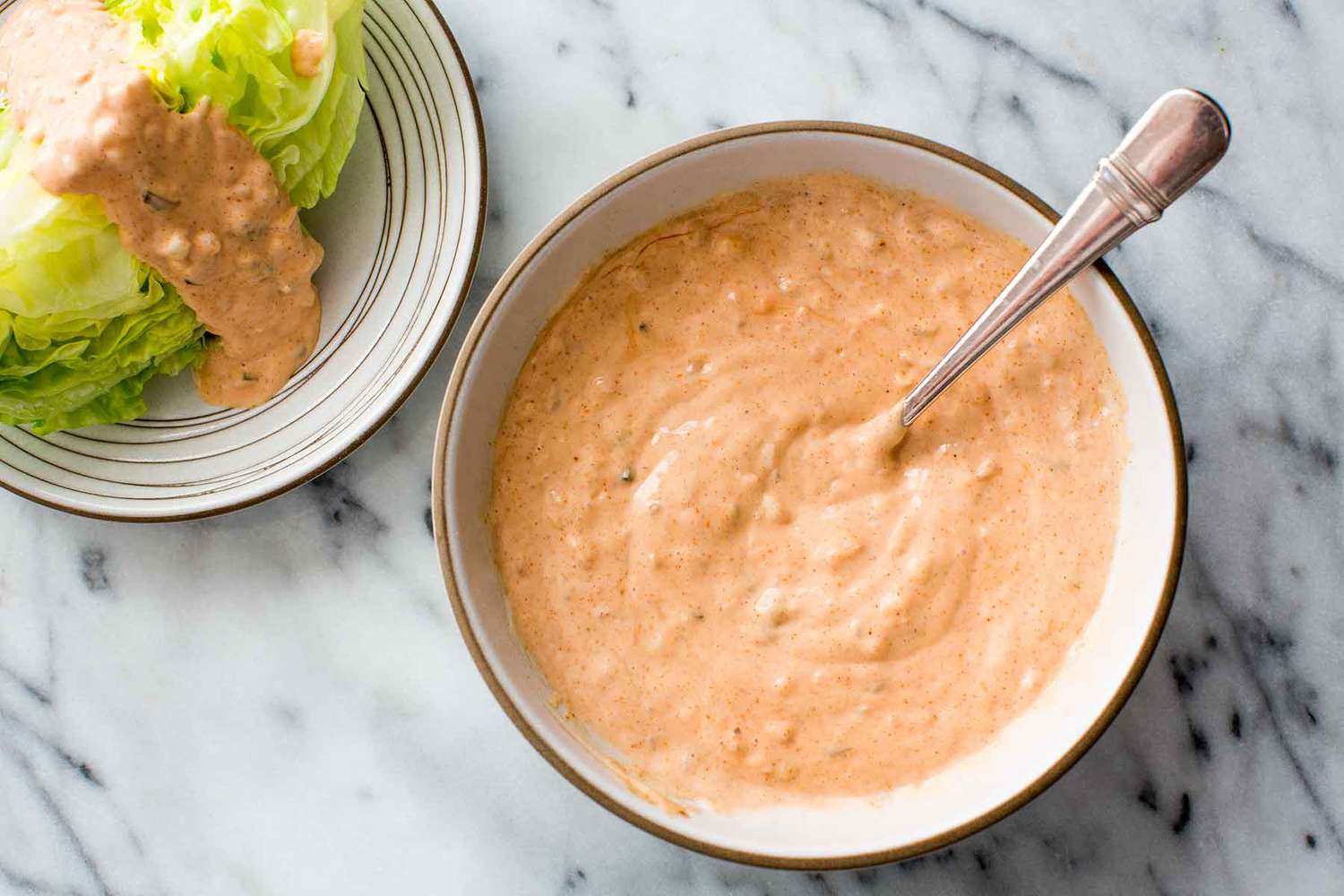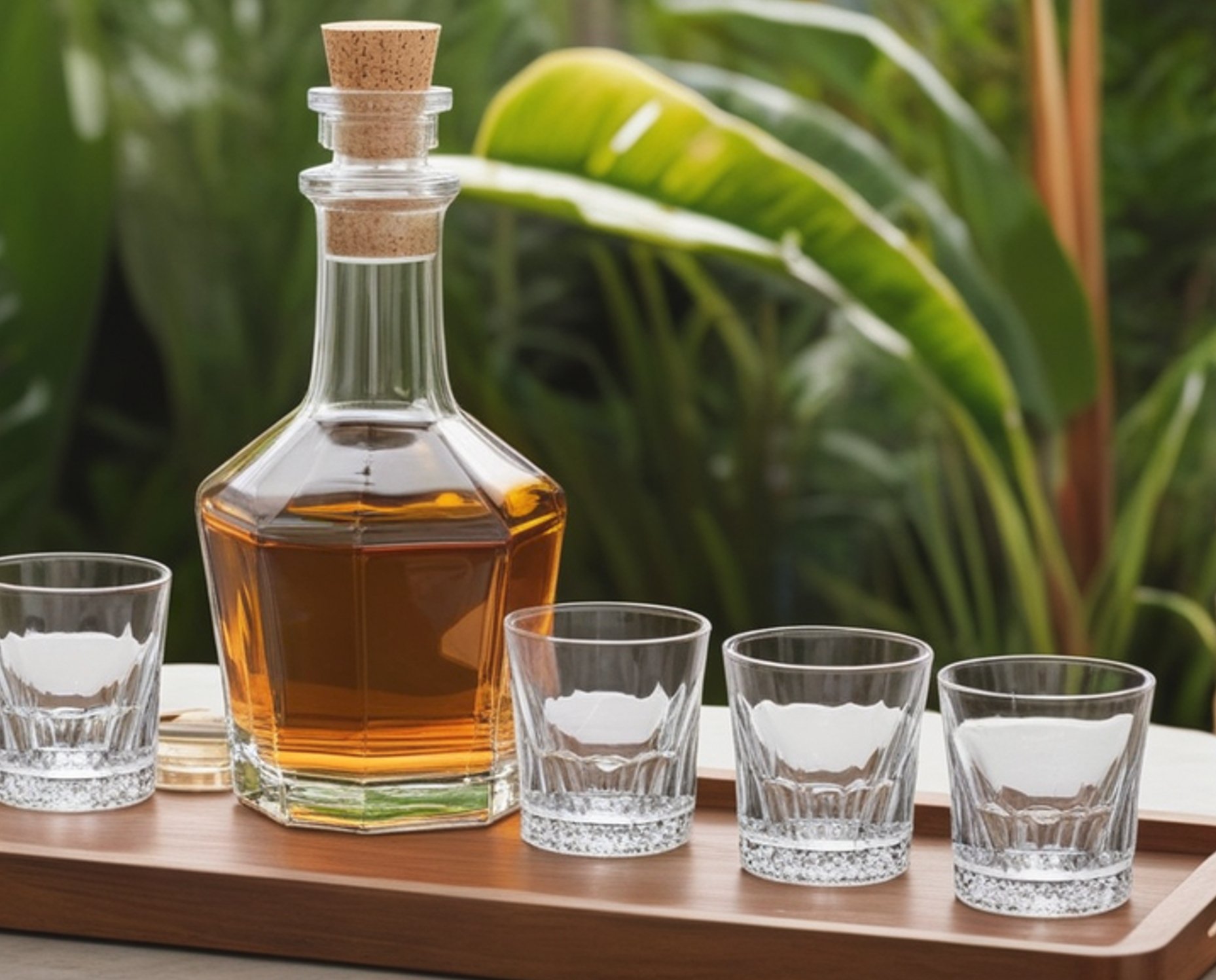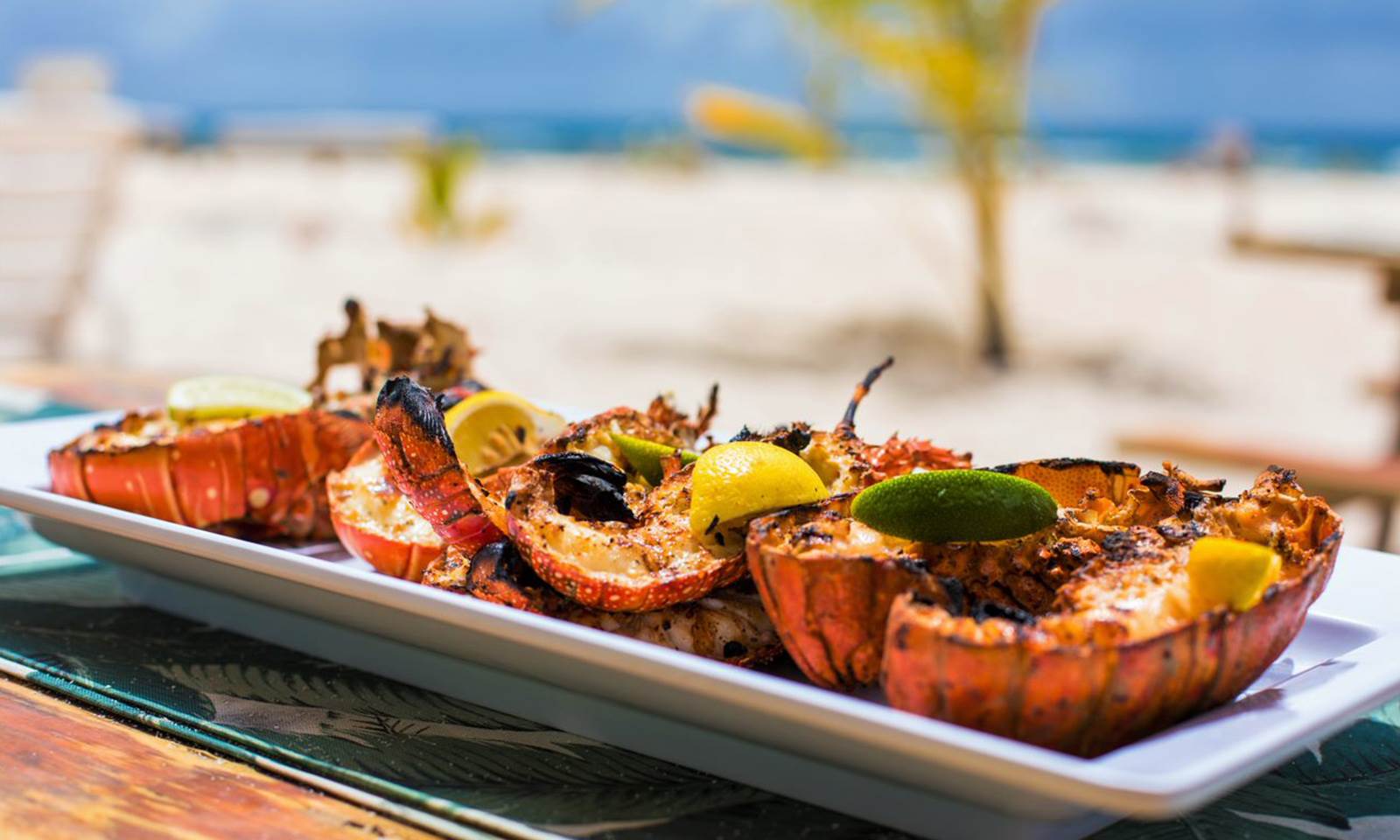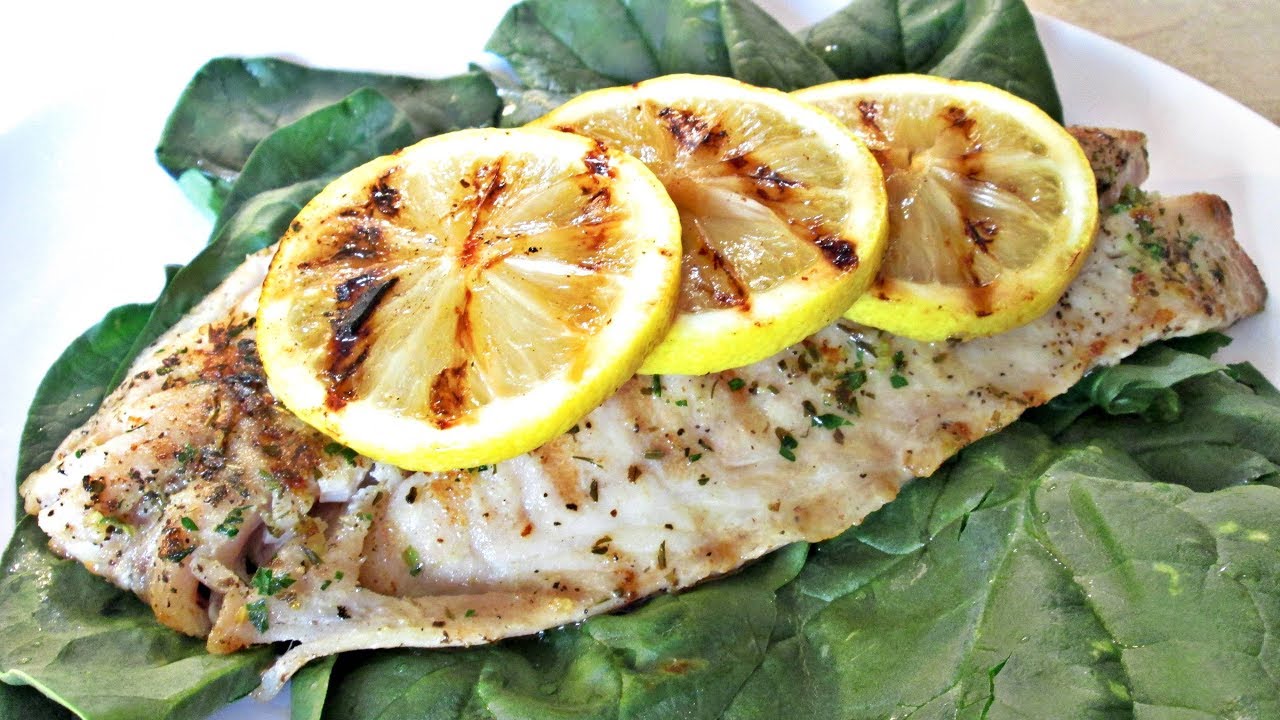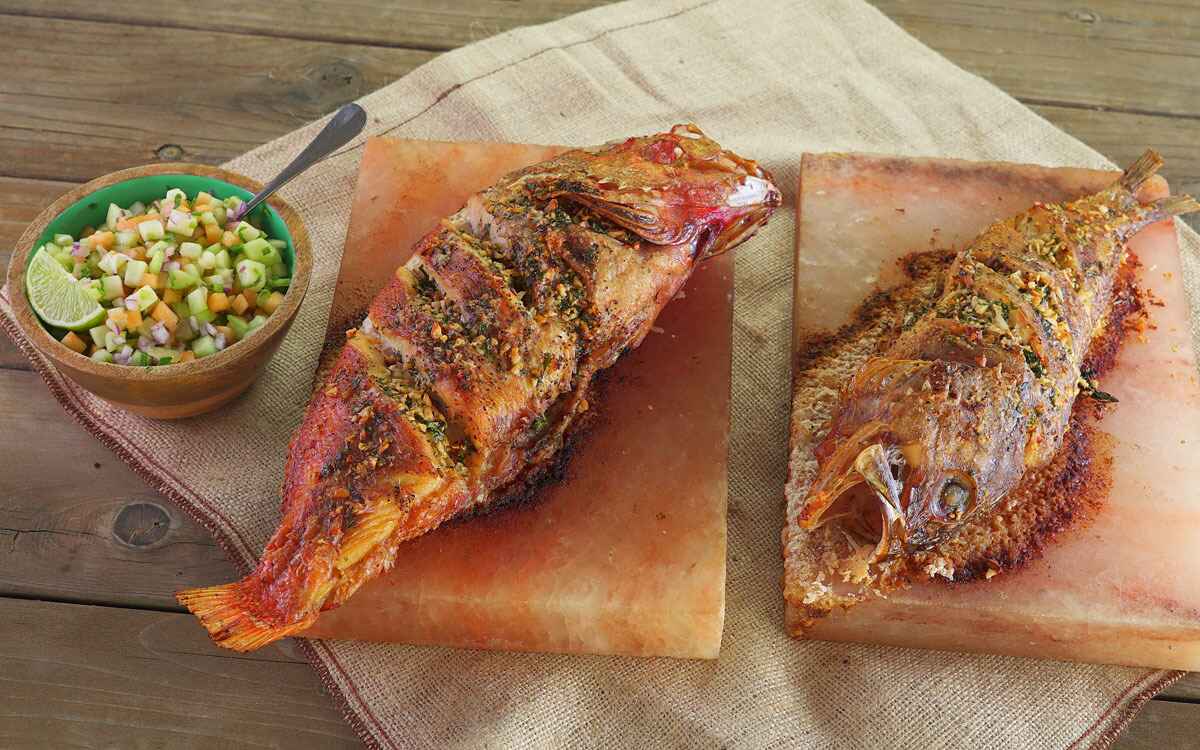Traditional Pacific Island earth ovens, known as "umu" or "lovo," are a fascinating way to cook food. These methods involve digging a pit, heating stones, and using leaves to wrap and steam ingredients. This cooking style has been passed down through generations, preserving the rich flavors and cultural heritage of the islands. Earth ovens are used for special occasions, bringing families and communities together. The process is not only about cooking but also about sharing stories, traditions, and a sense of togetherness. Let's explore how these ancient techniques continue to play a vital role in Pacific Island life.
Gather Your Ingredients for Traditional Pacific Island Earth Oven
Ingredients
-
Meat
- Whole pig or large cuts of pork
- Chicken
- Fish
-
Vegetables
- Taro
- Sweet potatoes
- Yams
- Breadfruit
- Banana leaves (for wrapping)
-
Seasonings
- Sea salt
- Black pepper
- Garlic
- Ginger
- Lemongrass
-
Other Essentials
- Coconut milk
- Hot stones
- Firewood
- Large banana or ti leaves (for lining the oven)
- Shovel (for digging the pit)
- Burlap sacks or old cloth (for covering the food)
- Water (for steaming)
-
Optional
- Onions
- Carrots
- Green onions
- Herbs (like cilantro or parsley)
Essential Tools for Earth Oven Cooking
-
Shovel
For digging the pit where the cooking will take place. -
Rocks
Preferably volcanic, to retain heat. -
Firewood
To create the initial fire for heating the rocks. -
Kindling
Helps to start the fire more easily. -
Banana Leaves
Used for wrapping food to protect it from direct contact with the hot rocks and to add flavor. -
Wire Mesh
Optional, can be used to place food on, making it easier to handle. -
Water Buckets
For dousing flames or adding steam to the cooking process. -
Heavy-Duty Gloves
Protects hands when handling hot rocks or food. -
Tongs
For moving hot rocks or food safely. -
Thermometer
To check the temperature, ensuring food is cooked thoroughly. -
Burlap Sacks
Soaked in water and used to cover the food, trapping steam and heat. -
Canvas Tarp
Placed over the burlap sacks to hold in heat and steam, speeding up the cooking process.
Traditional Pacific Island earth ovens, known as "umu" or "lovo," involve cooking food underground. Heated rocks and banana leaves slow-cook meals, infusing unique smoky flavors and tender textures.
Why Use Traditional Pacific Island Earth Oven Methods?
Traditional Pacific Island earth ovens, or umu, are used for community gatherings and celebrations. Cooking with an earth oven involves burying food with hot stones, creating a unique flavor. This method preserves cultural heritage and strengthens bonds among families and villages. It’s a time-honored tradition passed down through generations.
Step-by-Step Guide to Traditional Pacific Island Earth Oven
Exploring Traditional Pacific Island Earth Oven Methods
-
Gather Materials
- Stones: Collect smooth, round stones. Avoid porous or cracked stones.
- Wood: Use hardwood for a longer-lasting fire.
- Banana Leaves: Fresh leaves work best for wrapping food.
- Food Items: Choose items like pork, fish, taro, or sweet potatoes.
-
Prepare the Site
- Dig a Pit: Create a hole about 2-3 feet deep and 3-4 feet wide.
- Clear the Area: Remove any flammable materials around the pit.
-
Build the Fire
- Layer Wood and Stones: Place a layer of wood at the bottom, followed by a layer of stones. Repeat until the pit is full.
- Light the Fire: Ignite the wood. Let it burn for 2-3 hours until the stones are red-hot.
-
Prepare the Food
- Wrap in Banana Leaves: Clean and cut the food. Wrap each piece in banana leaves to protect it from direct heat.
- Secure with Twine: Use natural twine to tie the leaves securely.
-
Arrange the Food
- Remove Ashes: Once the fire burns down, remove excess ashes but leave the hot stones.
- Place Food on Stones: Arrange the wrapped food directly on the hot stones.
-
Cover the Food
- Add More Leaves: Place additional banana leaves over the food to trap steam.
- Cover with Soil: Shovel soil over the leaves to seal in heat and steam.
-
Cook the Food
- Wait: Let the food cook for 3-4 hours. The steam and heat from the stones will cook it evenly.
- Monitor Temperature: Check occasionally to ensure the soil cover remains intact.
-
Uncover and Serve
- Remove Soil: Carefully remove the soil layer.
- Unwrap Food: Take out the banana leaf-wrapped food.
- Serve Hot: Enjoy the traditionally cooked meal immediately.
-
Clean Up
- Dispose of Ashes: Safely dispose of ashes and remaining debris.
- Fill the Pit: Refill the pit with soil to restore the area.
-
Safety Tips
- Use Gloves: Wear gloves when handling hot stones and food.
- Keep Water Nearby: Have water on hand to extinguish any unexpected flames.
- Supervise Children: Ensure children stay away from the hot pit.
-
Cultural Respect
- Honor Traditions: Understand and respect the cultural significance of the earth oven method.
- Seek Permission: If on indigenous land, seek permission from local communities.
-
Environmental Considerations
- Sustainable Practices: Use sustainable materials and avoid harming the environment.
- Leave No Trace: Clean up thoroughly to leave the site as you found it.
A Culinary Voyage Ends
Diving into traditional Pacific Island earth oven methods has been a journey through time, uncovering the rich culinary traditions that have sustained communities for generations. These cooking techniques, from the slow-roasting in underground pits to the careful selection of rocks and leaves, showcase a deep connection between the people and their land. They're not just about preparing food; they're a celebration of culture, community, and the environment. As modern kitchens continue to evolve, there's immense value in looking back and learning from these age-old practices. They offer lessons in sustainability, flavor, and the art of coming together over a shared meal. So, next time you're firing up your grill or oven, remember the earth ovens of the Pacific Islands and the hands that have been cooking with the earth for centuries.
Frequently Asked Questions About Earth Oven Cooking
What is a traditional Pacific Island earth oven?
An earth oven, also known as an umu or imu, is a cooking method where food is buried in a pit with hot stones. The heat from the stones cooks the food slowly, giving it a unique, smoky flavor.
How do you prepare an earth oven?
To prepare an earth oven, dig a pit and line it with stones. Build a fire on top of the stones and let it burn until the stones are hot. Remove the ashes, place the food wrapped in leaves or foil on the stones, and cover it with more leaves and soil to trap the heat.
What types of food can be cooked in an earth oven?
You can cook a variety of foods in an earth oven, including meats like pork, chicken, and fish, as well as vegetables and root crops like taro and sweet potatoes. The slow cooking process makes the food tender and flavorful.
How long does it take to cook food in an earth oven?
Cooking times in an earth oven can vary depending on the size and type of food. Generally, it takes several hours. For example, a whole pig might take 6-8 hours, while smaller items like fish or vegetables might take 2-3 hours.
What are the benefits of using an earth oven?
Using an earth oven has several benefits. It imparts a unique, smoky flavor to the food, cooks it evenly, and retains moisture, making the food tender. It's also a communal activity, bringing people together to prepare and enjoy the meal.
Are there any special techniques for wrapping food in an earth oven?
Yes, wrapping food properly is crucial. Traditionally, banana leaves or ti leaves are used to wrap the food, which helps to keep it moist and infuse it with flavor. If you don't have access to these leaves, aluminum foil can be a good substitute.
